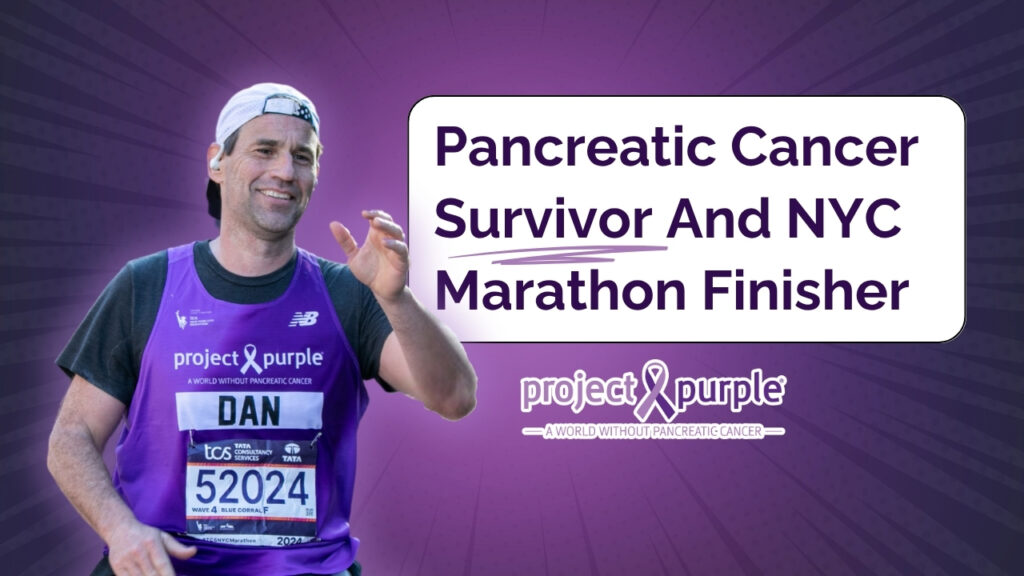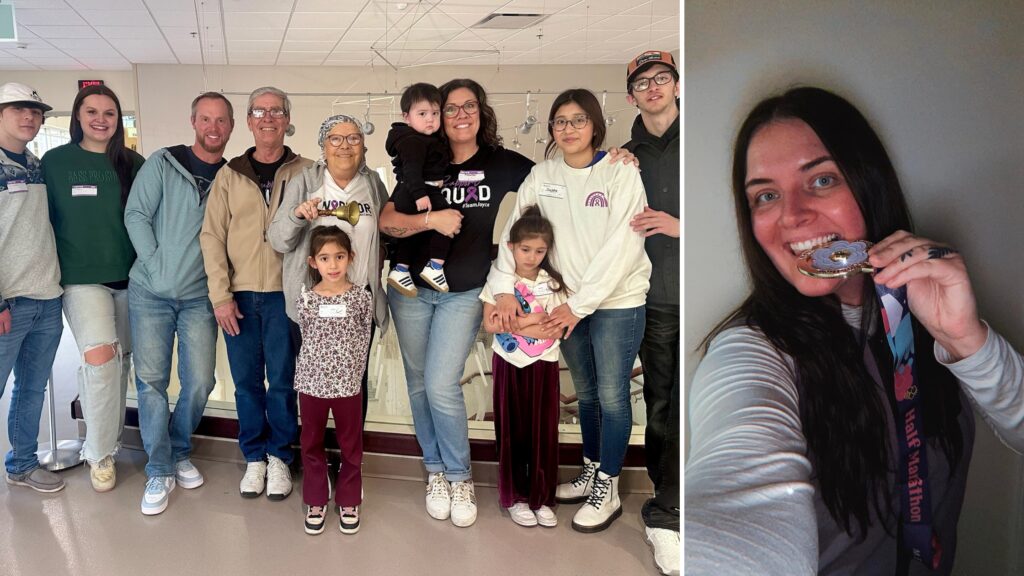When many cancer patients learn they must undergo chemotherapy, often one of the first things they wonder is, “Will I lose my hair?” Many, but not all, chemotherapy drugs cause hair thinning or hair loss. While some patients lose only the hair on their heads, other patients lose eyelashes, eyebrows, leg hair, and so on. Because our hair is often closely tied to our sense of self, hair loss is often quite traumatic.
Ask Questions
Hair loss occurs when chemotherapy drugs damage the hair follicles. While chemotherapy effects everyone differently, some drugs are more likely to cause hair loss than other. If you have not already done so, ask your physician if the particular chemotherapy drugs you are taking are likely to cause hair loss. If you are going to lose your hair, it will likely start falling out within the first 2-3 weeks of treatments. Your scalp may become very sensitive as you lose your hair.
Be Prepared for Hair Loss
If it is likely you will lose your hair, don’t just wait for it to happen. Be prepared. Some women who have long hair cut it short prior to beginning treatment. A shorter cut may make hair loss less obvious in the early stages.
Some people even opt to completely shave their heads as the hair loss begins because finding clumps of hair on their pillows or in the shower is distressing. Others decide to shave their heads because it gives them a sense of control over losing their hair. Either way, it is best to wait until your begin losing your hair before shaving your head.
Protect Your Skin
When hair loss occurs, take steps to protect your skin. See a dermatologist if your skin is especially sensitive. Make sure to use sunscreen to protect the skin on your head.
Head Coverings
Prepare ahead of time for potential hair loss. If you believe you would like a wig, go shopping before you begin treatment. For one thing, if you would like a natural looking wig that matches your own hair, it is easier to get a good match before your hair falls out. Some people enjoy going with an entirely different hairstyle or hair color when they purchase a wig for chemo.
There are different styles of wigs, including those made of real human hair, and those made from synthetic materials. Synthetic wigs may require less care and are typically less expensive than those made from human hair.
Some people find wigs oo itchy or hot. In that case, a headscarf or other covering is better alternative. Some people choose not to cover their heads at all, embracing their baldness as part of their battle against cancer. The decision to wear a wig or scarf or go au natural is very individual. At the very least, make sure you have a warm hat for those cold winter days.
Emotional Impacts
For those who are struggling with issues relating to cancer and hair loss, find support is crucial. Find other cancer survivors to connect with or join a support group. Sharing experiences relating to chemotherapy, cancer treatment and hair loss is very therapeutic.
Purchasing Wigs and other head coverings
Some insurance companies cover some or all the cost of a wig. Check with your insurance company prior to going wig shopping. For those who cannot afford to purchase a wig, there are services which can provide aid.
The program called “Look good, feel Better” helps patients find ways to combat the impacts of cancer on their appearance. For more information, click here
http://lookgoodfeelbetter.org/
The American Cancer Society has an online search tool that can help you find access to free or reduced cost services. For more information, click HERE
Above all else, remember that hair grows back after cancer treatment ends.





